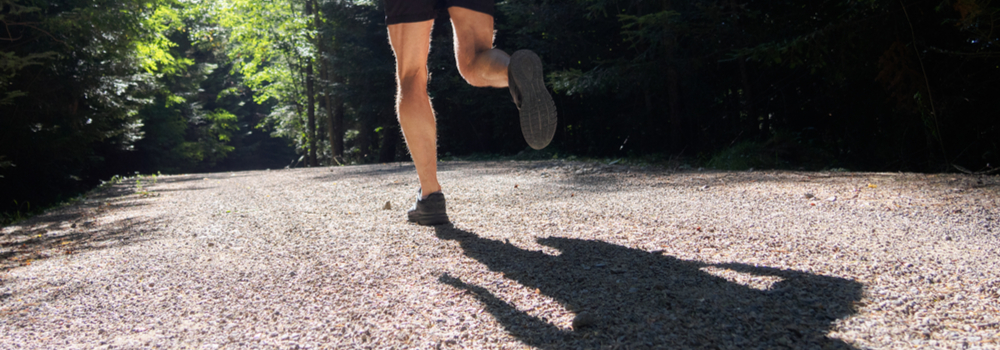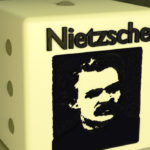Rest and recovery in exercise is a metaphor for recovery from addiction. Sleep, for example, is essential for sustainability in treatment, approaching the training of mind and body every day which helps build strength for living sober. Recovery is a lifestyle and it cannot be a passive one. In between emotional progress, learning, growing, and healing, there is time for rest but there is also time for temptation. Active recovery in exercise is taking proactive steps to encourage healing for more progress and to prevent injury. Active recovery in recovery from addiction is taking proactive steps to encourage healing for more progress and to prevent injurious relapse.
Rest vs. Recovery
Rest and recovery from physical training are not the same. Though rest is part of the the physical recovery process, recovery is active while rest is passive. Recovery includes the various approaches to optimizing the body’s natural ability to regenerate and repair itself. Vigorous training is stress on the body, even though it is supporting the body positively. Recovery is critical for giving the body time to heal.
Tips For Active Recovery
Sleep is the most important way to rest and recover. Previously, doctors have recommended 6-8 hours of sleep, but are now encouraging anywhere from 8-10 hours of sleep. Sleep isn’t created equally. Hours slept before midnight are more restorative than the hours slept after midnight. Creating a healthy sleep environment encourages better, deeper sleep which is more restorative.
Drinking enough water during the day is critical for hydrating the body, maintaining mental focus, and flushing out toxins. Sweating through exercise is detoxifying and dehydrating. You can gauge your hydration by the color of your urine- the darker the color, the more dehydrated you are. Opt for a pale yellow to clear color.
Stretching the body in between physical work outs sustains the muscles and prevents injury. Active rest days can and should include a gentle yoga routine which encourages flexibility, muscle endurance, and stretching.
In addition to stretching, activities which stimulate self-myofascial release like using a foam roller encourages blood flow and circulation while releasing tension in tight muscles and restoring healthy tissue.
Our treatment programs for men include a daily focus on exercise and fitness through various forms of physical training. Teaching men how to find freedom from addiction, Tree House Recovery creates sustainable change through daily discipline to maximize living. For information on our Portland program, call: (503) 850-2474




